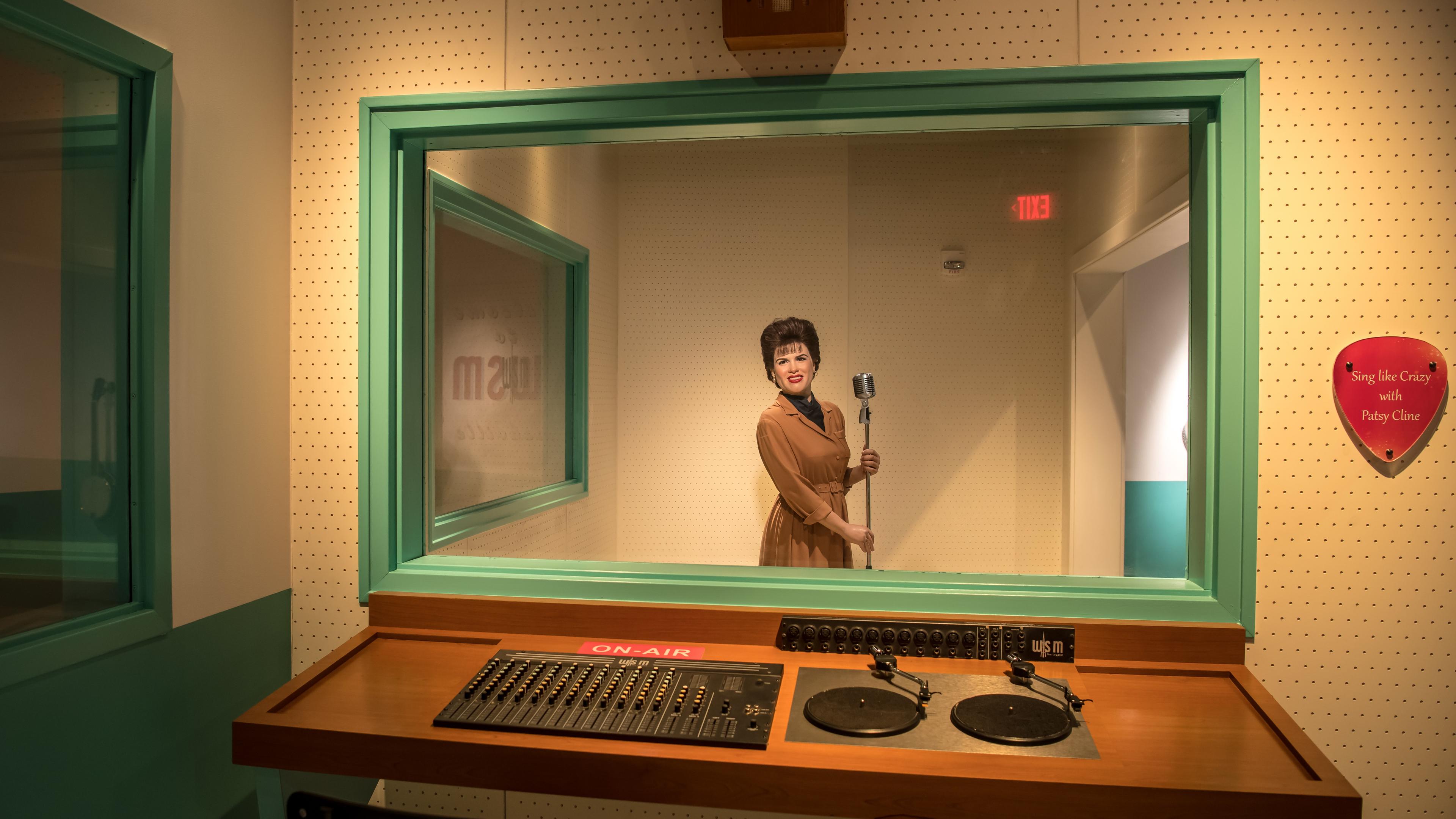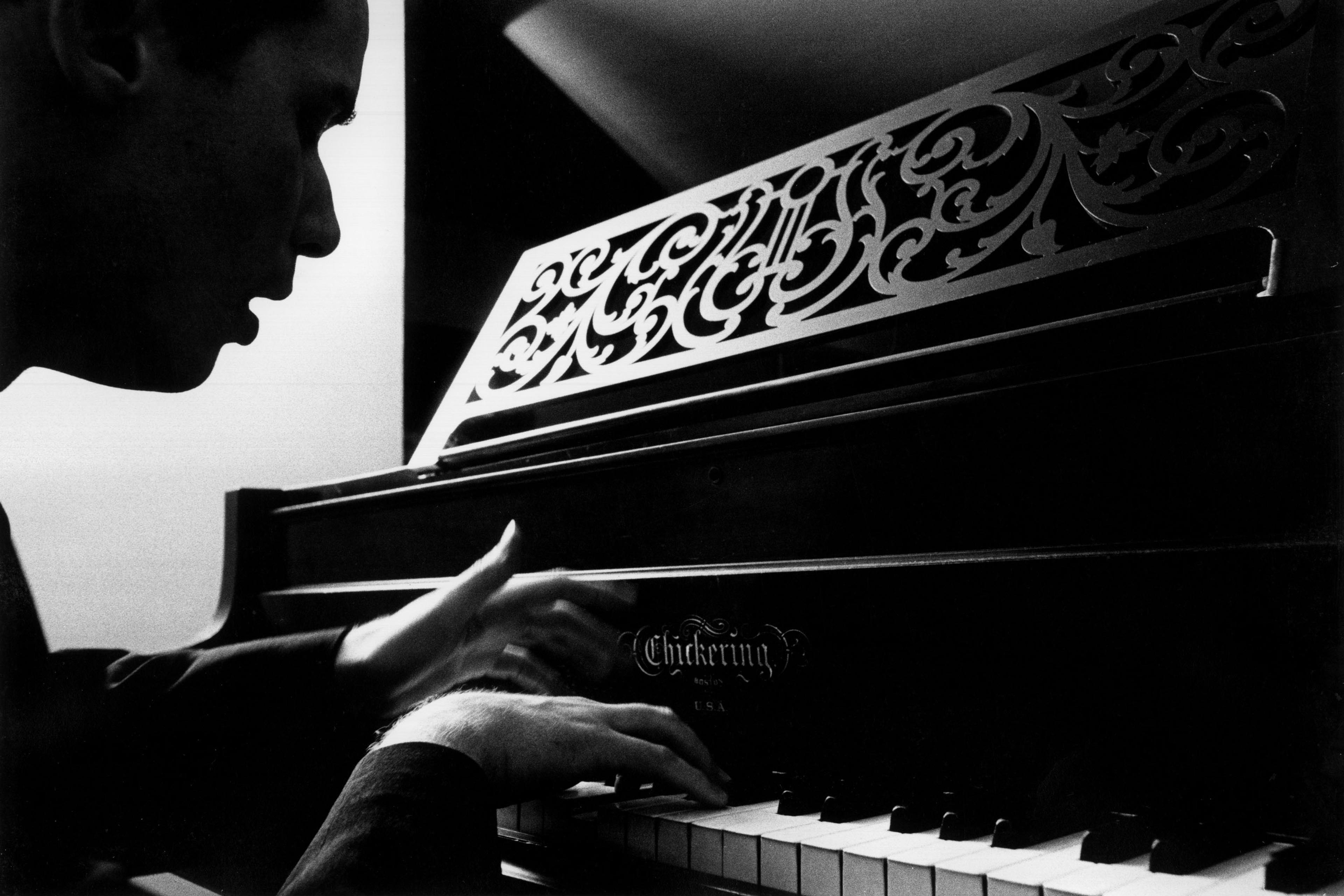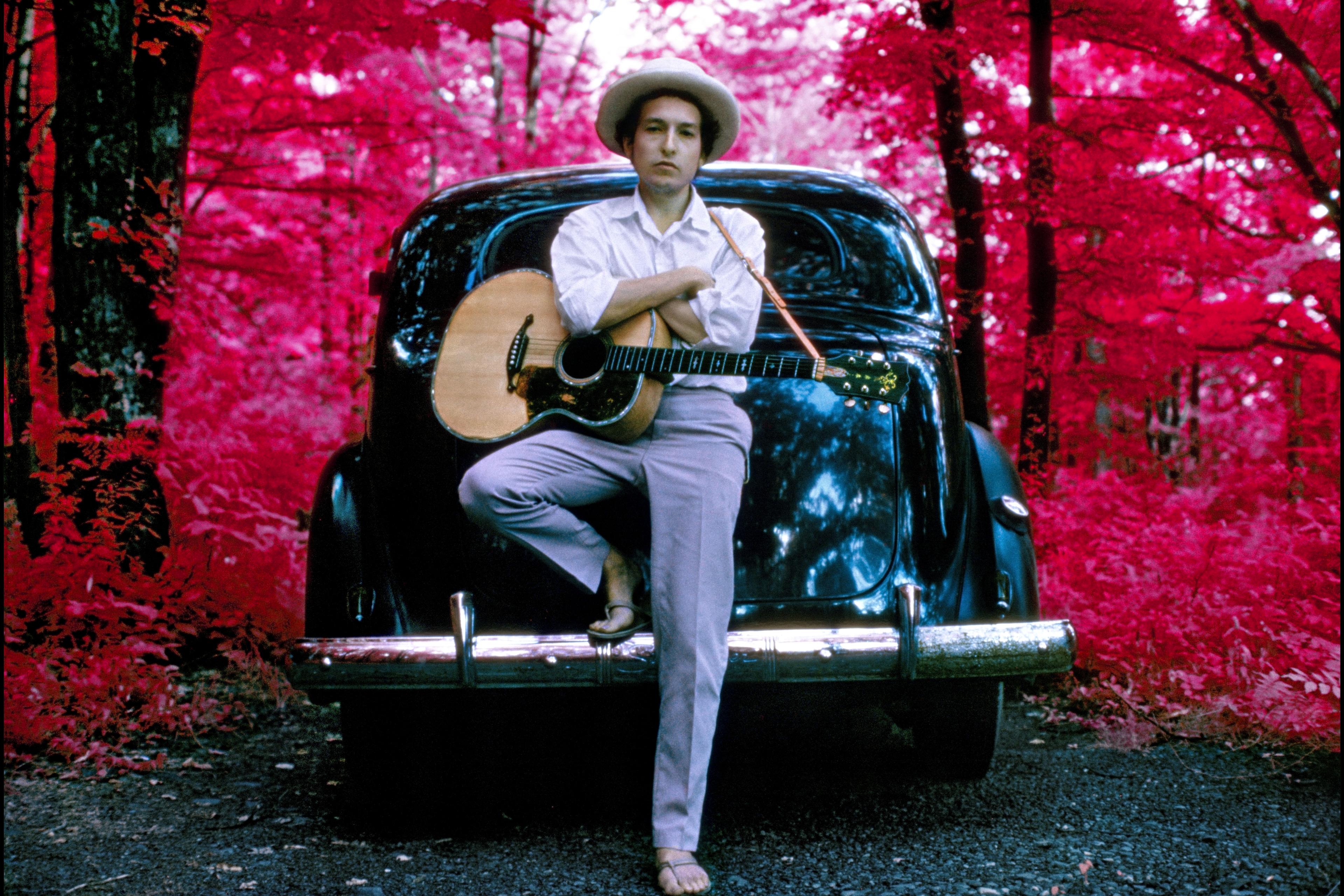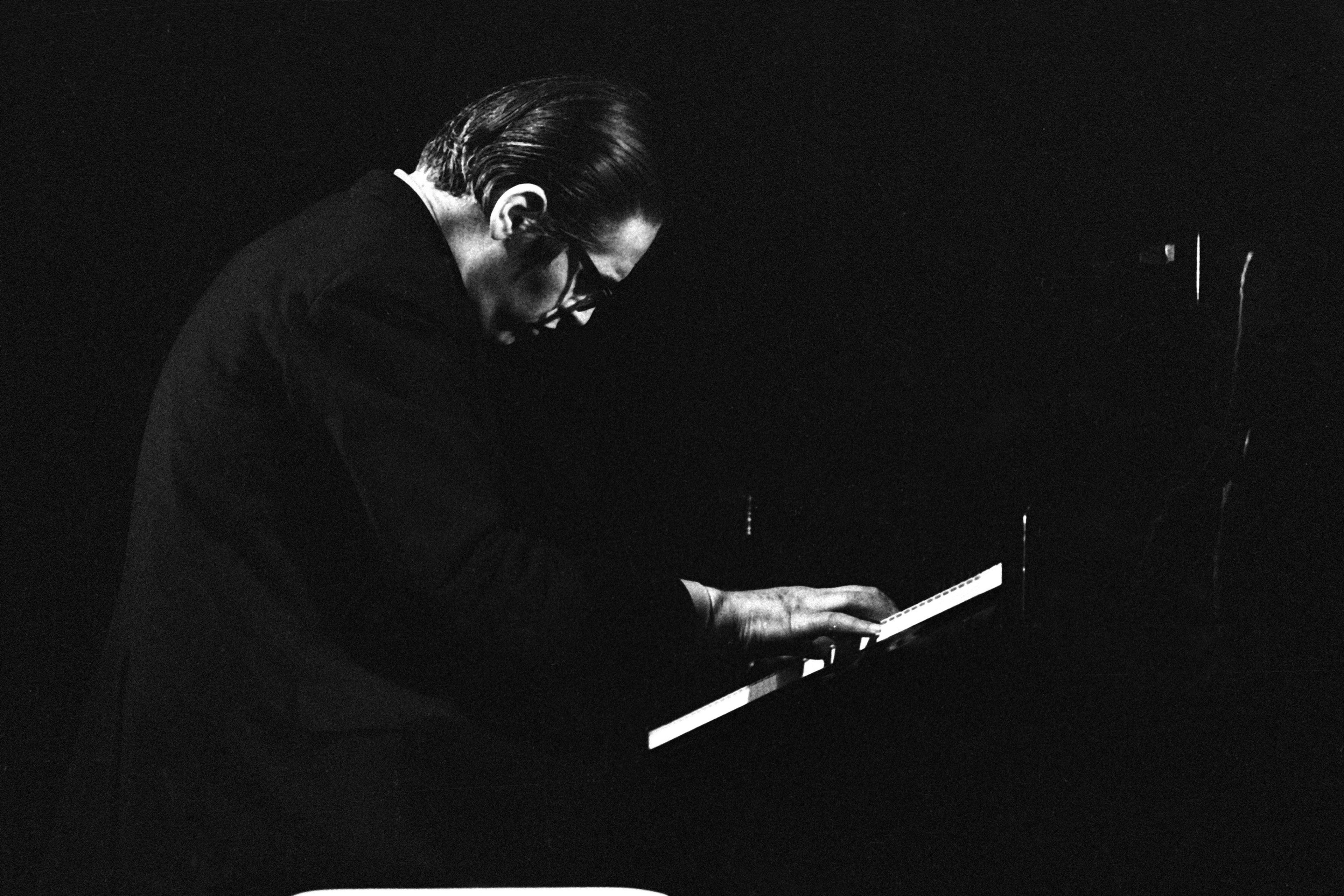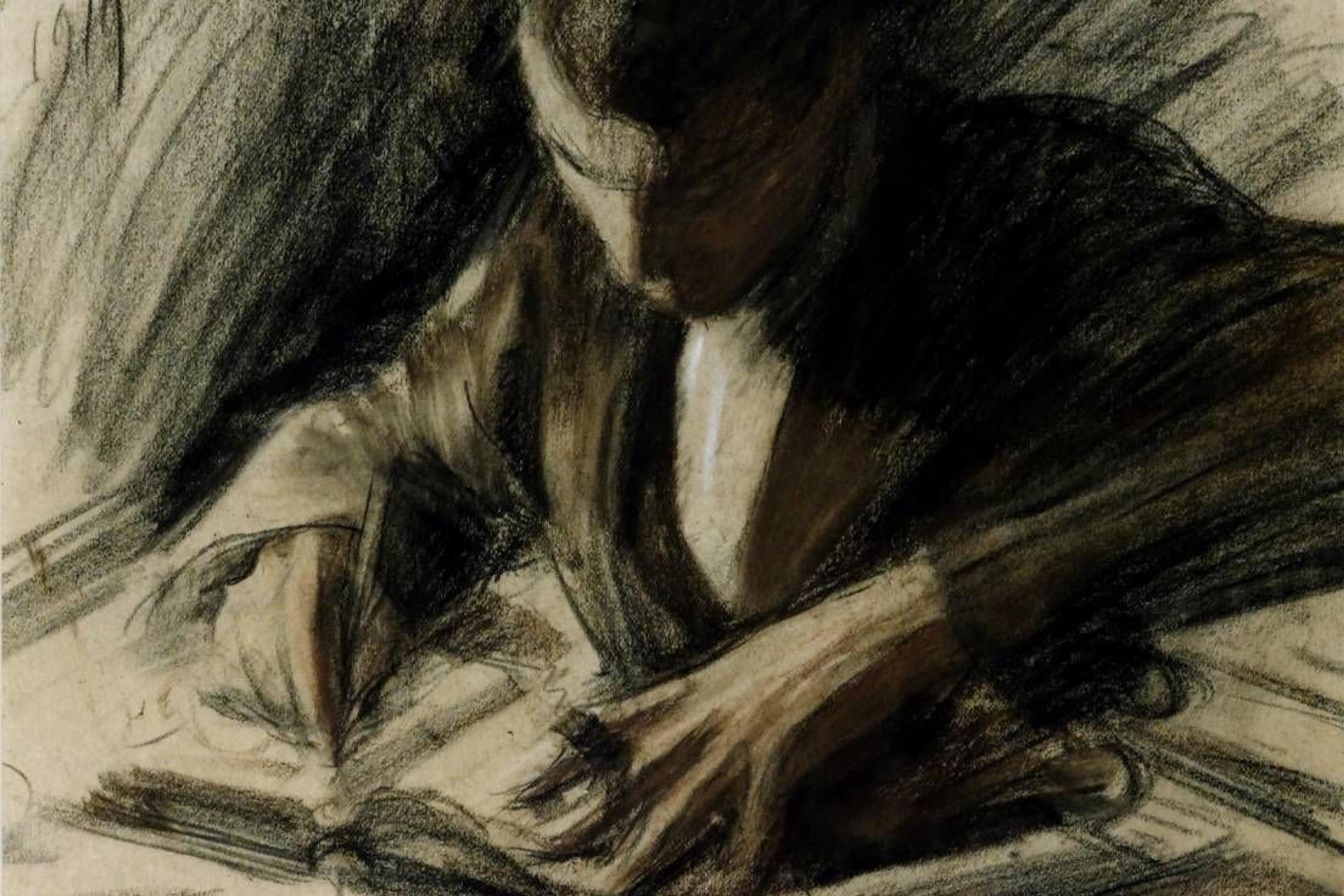In the philosophy of music, there is a tradition of focusing on so-called pure music. That is, music without lyrics where the sounds do not represent anything else. This highlights certain puzzles, like how it is possible for music to express emotion. A musical work can have sad lyrics or sound like something sad, but how can mere notes be sad? Although the focus on pure music puts that question and others in sharp relief, it distorts the philosophy of music in other ways. It makes the primary objects of attention the composition and the composer. Think of Beethoven’s 5th Symphony, which I can really refer to only by mentioning Beethoven. Performance is taken to be the fleeting realisation of the composition. The performer is expected to play the notes that the composer wrote down. That model is fine as far as it goes, but it loses sight of how most people now relate to music.
In the past several decades, there has been increasing attention to the philosophy of popular music. When we talk about songs, we often differentiate them by reference to musicians rather than composers. Think of ‘Crazy’ – not the Gnarls Barkley song, but the Patsy Cline song. It counts as a Patsy Cline song because the first release of it was Cline’s well-known 1961 single. Cline died two years later, so few people ever heard her sing it live. Almost everyone who has heard Cline singing ‘Crazy’ knows it from the recording. Instead of just a composition and performances of the composition, this introduces a third thing: there’s the song, performances of the song, and recordings of the song.
There have been literally hundreds of subsequent recordings of ‘Crazy’, with Linda Ronstadt, Julio Iglesias and LeAnn Rimes all having versions that made the charts. Subsequent versions, successful or not, were covers. The cover plays an important role in our contemporary understanding of music, so it is worth thinking about what exactly a cover is.
The word ‘cover’ was not yet in widespread use when Cline recorded ‘Crazy’. A journalist in 1952, quoting a musician who used the word, felt he needed to explain what it meant. He wrote that it is ‘trade jargon meaning to record a tune that looks like a potential hit on someone else’s label’. If a musician were quoted talking about cover songs today, it would not be necessary to explain the word. Now, ‘cover’ is no longer trade jargon. It is just part of language.
It is common to say that the word ‘cover’ was used because of the commercial motive to cover over the original version. That is, a label publishing a cover hoped that their version would become the recognised classic and take all the market share. Although that was sometimes the motivation, the term also has a less sinister connotation of coverage. A band would learn contemporary hits, as things they might be asked to play. In a similar way, a band might record up-and-coming hits, so that they could offer a record of their version. In the early 1950s, record buyers did not especially associate a song with a particular band or performer. More importantly, they did not expect the record to sound a particular way. They wanted a version of the song, which might sound somewhat different depending on who was playing.
Some writers in the 1950s distinguished covers (where an artist did their own version of a song) from mere copies (where an artist tries to sound exactly like the original track). As the term entered popular usage, though, this distinction faded. By 1968, the Scottish musician Sandy Brown could write:
The jackal thinking behind cover versions, which are near copies of original recordings, is predicated on the belief that so much money is showered in the general direction of hit records that any performance of the song will collect if sufficiently adjacent.
The word ‘cover’ is now commonplace, and a typical definition is something like this: a cover is a recording of a song which was previously recorded by someone else. The cover contrasts with the original.
That runs into trouble even with examples that seem straightforward. The song ‘Crazy’ was written by Willie Nelson, and Cline recorded her version only after hearing a demo that Nelson had recorded. This poses a dual puzzle: should Cline’s version count as a cover of Nelson? Should Nelson’s own published recording of the song, which was released later, count as a cover of Cline?
Cline’s ‘Crazy’ is the definitive release of the song, and few people count it as a cover. So, we could amend the definition to count something as a cover only if the earlier version was released. Demos do not count. (This does not seem entirely settled in popular usage, though. There are other songs which get counted as covers on the basis of an earlier demo recording, for example when the demo gets released at a later date.)
Nelson’s released version of ‘Crazy’ might be a cover – or not. People I have asked disagree on this point. (Later in his life, Nelson himself referred to Cline’s version as a cover. But he used the word to apply to anyone else’s version of a song he had written.)
One might turn to philosophy to settle this. Even if common usage is confused in its usage of the word ‘cover’, one might want to know what a cover really is. Can philosophy help sort this out?
We could just arbitrarily pick some definition and apply it, settling which versions are covers by appeal to that definition. For example, we could just reiterate the definition I gave a moment ago. That stipulation would answer the two puzzle cases: Cline’s version would be a cover, because of Nelson’s earlier demo. Nelson’s later version would be a cover, because of Cline’s popular record.
This is unsatisfactory, though, because it ignores what was puzzling about the two cases. There is no precise essence of a cover. Although thinking in terms of covers reflects something important about how we relate to music, there is little value in wrestling over which versions are really covers, according to some arbitrary definition, and which are not. There are more interesting questions at stake.
Importantly, refusing to give a definition does not mean giving up the task of philosophy. Among the things that are ordinarily called covers, there are some valuable distinctions to be made. Here is one of them: there are really two importantly different kinds of things that get called covers. A mimic cover is a new version of a song meant to sound as much as possible like a canonical, original recording. The attempt to sound the same is never perfectly successful, so the best mimic covers are only near copies – sonic replicas. A rendition cover is a new version of a song that is not meant to sound the same as an earlier recording. Some rendition covers are played pretty straight, keeping the arrangement and interpretive choices of the original. Others are more transformative.
Both mimic covers and rendition covers exist in relation to an earlier recording – often the original, but, in any case, one that is taken as canonical. The canonical track sets a standard. That is, it specifies how the song ought to sound. The way the standard applies is different for mimics than for renditions, and the difference matters greatly for how we appreciate them. The more a mimic sounds like the original, the better it is. A rendition is harder to judge. A straight rendition can be excellent in subtle ways or terrible for slavishly following the original. A transformative rendition can be brilliant or can lose all of what made the original great. A great rendition can even eclipse the original.
This difference also matters if we listen to a cover without the original in mind. A good mimic cover echoes the interpretive and artistic choices made in the original. So even if we do not explicitly think of it as a cover, we are still evaluating or appreciating the choices that were made in the original. It is, in that sense, transparent to the original. A good rendition cover, on the other hand, will often hold up on its own. It may even be significantly better than the original. (R.E.M.’s 1986 cover of ‘Superman’, a 1969 song by the Clique, comes to mind.) We can listen to it just as we would any recording, without implicitly reflecting on the original – without even knowing that there was one.
Note that I have just stipulated the meanings of ‘mimic cover’ and ‘rendition cover’, and we can think of versions as being mimics or renditions even if we are not comfortable calling them covers. For example, Cline’s version of ‘Crazy’ is clearly a rendition. She sings it in her own style. It would have been a strange disaster if she had tried to mimic Nelson’s distinctive phrasing. As a rendition, we can hear it as its own thing.
So, there are two modes in which we can appreciate a rendition cover: in relation to the original or on its own. Often, one mode of appreciation is more rewarding than the other – but that depends on the details of the case. One of these two modes of appreciation is possible only because the earlier version is recorded. For example, I can only hear Iglesias’s ‘Crazy’ in contrast with Cline’s because of Cline’s record. So rendition covers, as versions that can be appreciated in these two modes, were made possible only by recorded music. Without access to recordings, I would never have heard Cline’s version of ‘Crazy’. And someone older who had heard it would have only memories filtered through decades of nostalgia. This marks an important feature of the way audiences now listen to, think about, and appreciate music. The effect is perhaps even greater now, with online streaming providing easy access to a wide array of past versions. The way we listen to music has been changed by the technology, and reflecting on covers helps to reveal how.
